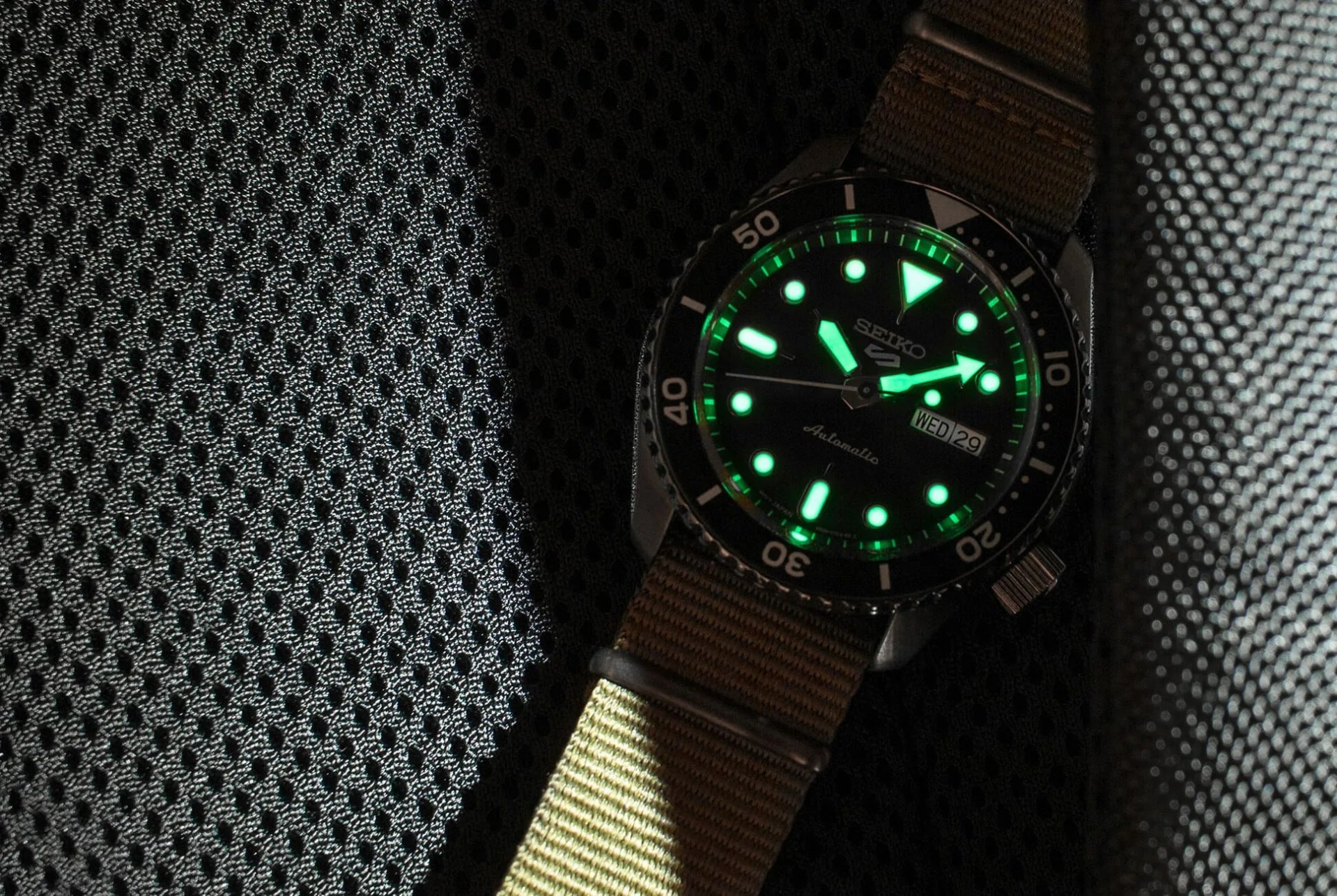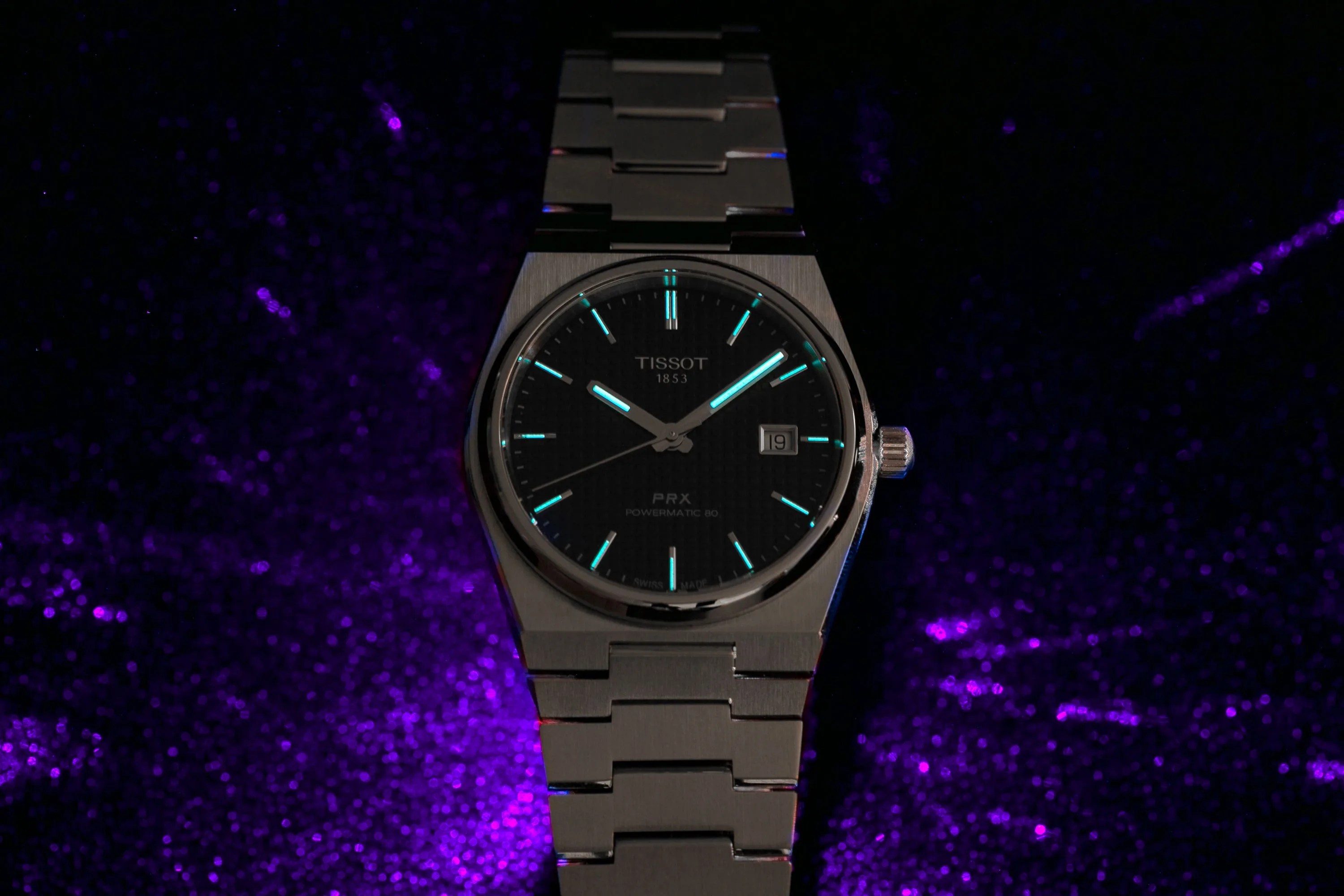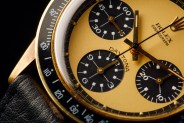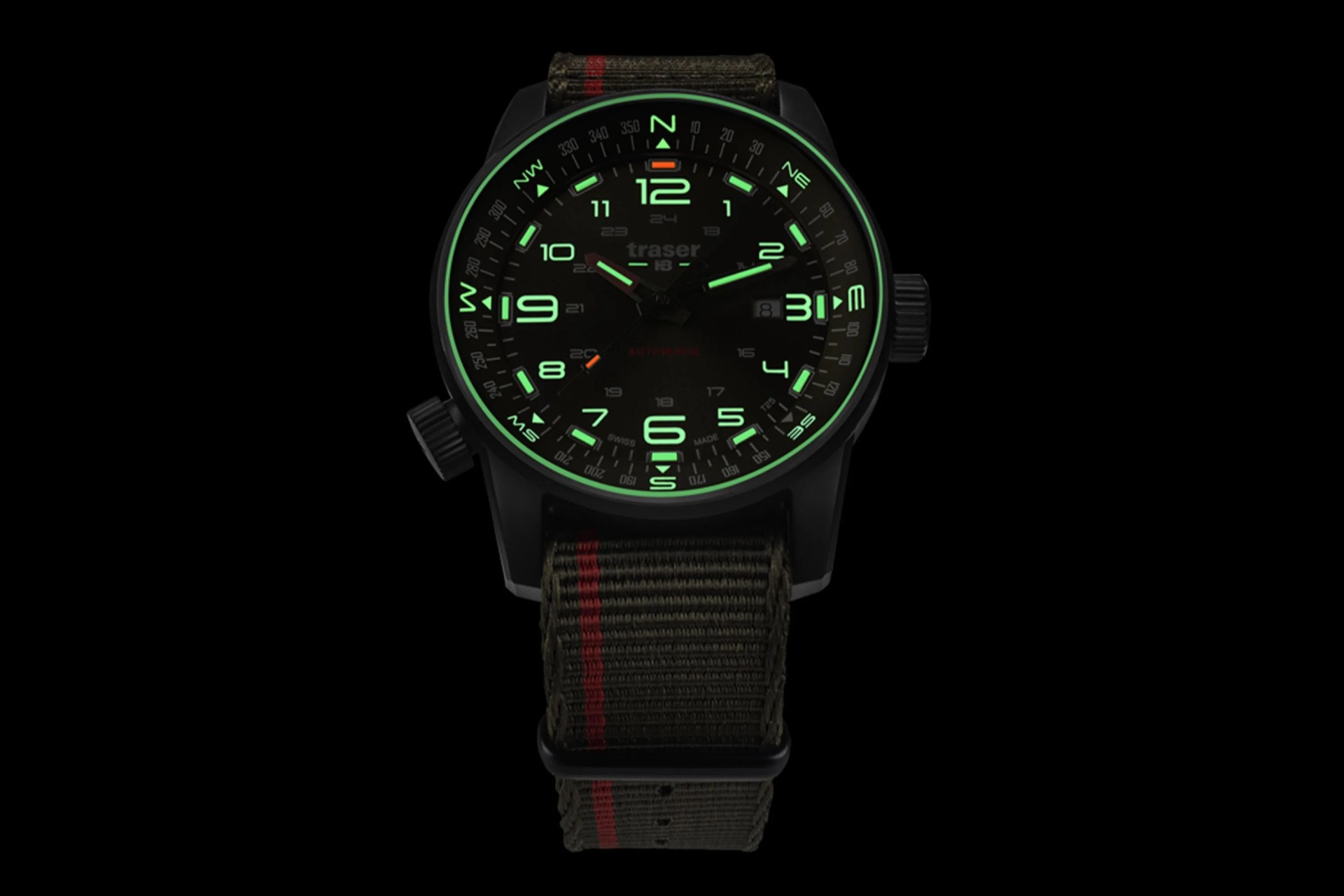You don’t need to be a watchnerd for a glow-in-the-dark watch dial to elicit a childlike sense of delight. But watchnerds are especially into their “lume.” That’s the term they use for the luminescent material that keeps their watches legible in the dark, and it’s all but essential to any sport watch. While some will debate what brand has the strongest lume game, there’s also some interesting science behind it, different methods of illuminating a dial — and some surprising history.
The History of Watch Lume
In the 1910s and ’20s, a working-class woman could make a decent living painting luminous material onto watch dials. It was a glamorous gig that required artistry and skill. The tech was cutting-edge at the time, and with the need for legible watch dials for soldiers during WWI, workers could take pride in helping the war effort. The luminous material was painted on with a brush that was kept sharp by pointing the bristles with the tongue. Workers also began to paint their fingernails with the glowing substance. The material in question: radium, which, when mixed with zinc sulfide (a phosphor) produced a bright glow.

Employers told the women there would be no ill effects from ingestion and exposure to the material, despite the fact that factory owners and scientists did take precautions when handling larger quantities of radium. But when workers began suffering from anemia, bone fractures, necrosis of the jaw, and eventually death, it became clear these women were misled.
By 1927, dial painter Grace Fryer and a handful of other women — known as the “Radium Girls” — sought compensation from the United States Radium Corporation, a major employer of dial painters in the U.S. The silver lining to all this was that litigation paved the way for increased legal protection of workers in the U.S. and further tightening of industrial safety regulations.






